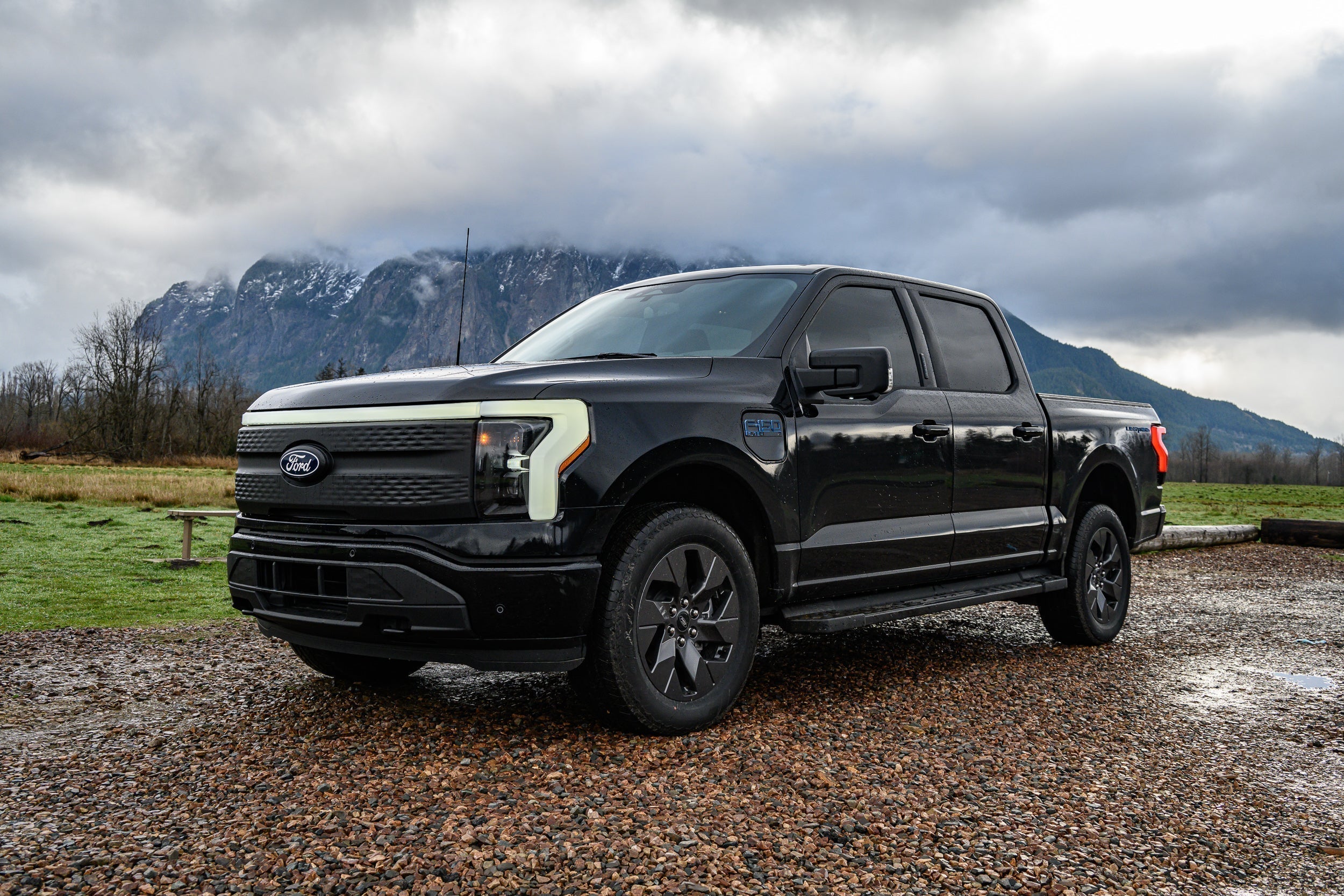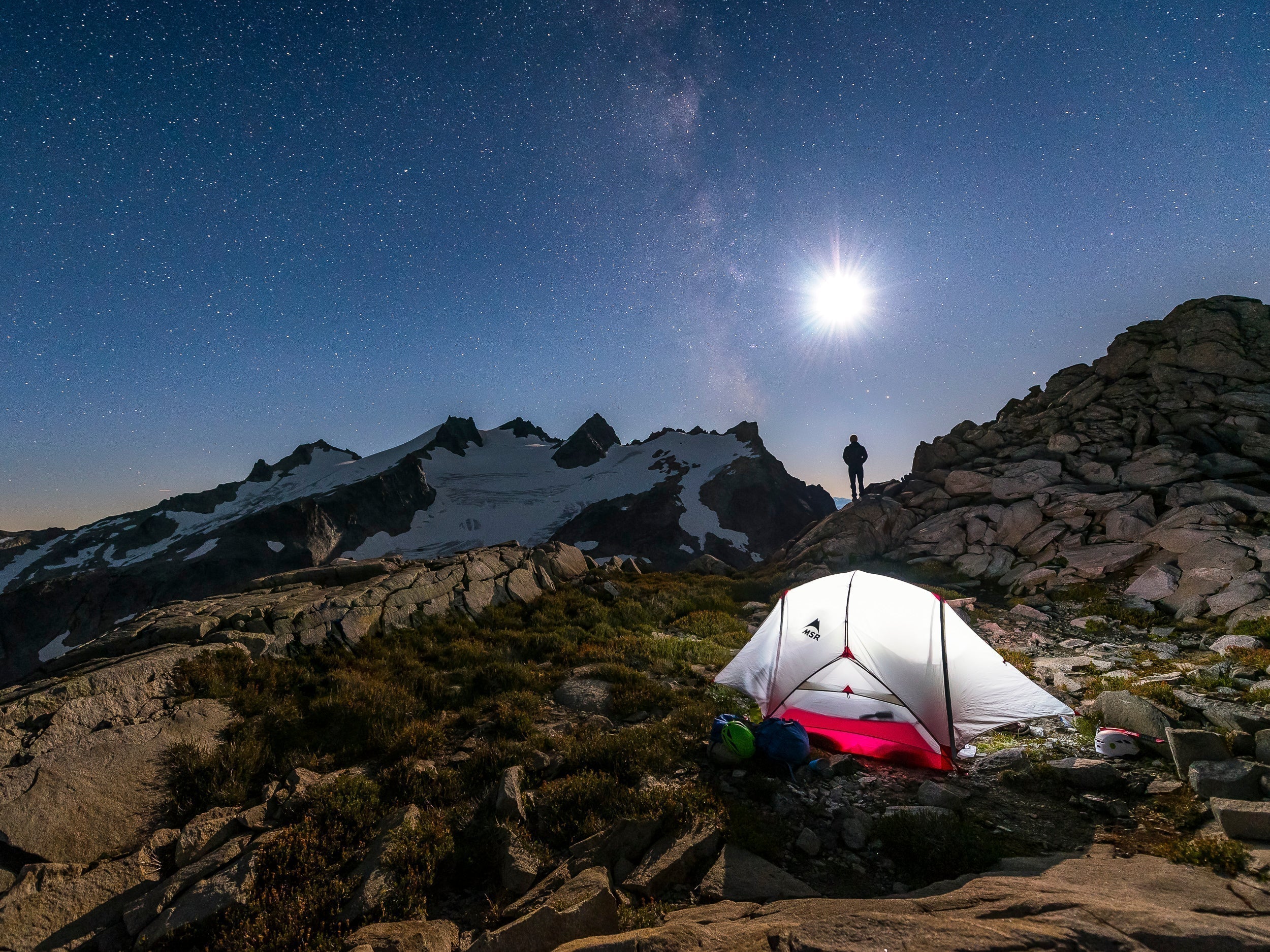Volcano Season
If you ask a perfectly sane person when ski season ends, you’ll get answers ranging from mid March to maybe early May. If you ask a backcountry skiing addict like myself?
Well, you’ll get a different answer entirely. See, as soon as ski season ends in the resorts and local mountain passes, a second season has just begun. It can happen on any high peaks with glaciers or permanent snowfields, but here in the great state of Washington, we are blessed with a plethora of mountains that were perfectly designed for this second season.
Here, we have volcanoes.

Five of them to be exact. Kulshan, Dakobed, Tahoma, Loowit and Klickitat, otherwise known as Mt. Baker, Glacier Peak, Mt. Rainier, Mt. St. Helens and Mt. Adams. For a few months each year, these mountains open themselves up to those seeking an extended ski season, and who are willing to put in the work.
Around here, we call it Volcano Season.
Each of these volcanoes tower over the surrounding Cascade peaks. Previous to the 1980 eruption of Loowit, they were the 5 tallest mountains in the state. Now, after losing over 1300’ vertical feet of rock and ice, Loowit ranks a distant 35th, but a look into the still steaming caldera reveals a mountain that is rebuilding itself into its former glory even as we climb and ski the perfect corn snow on her southern flanks.
What is corn snow, you ask? It’s nature’s second most perfect skiing surface in pure sensation. The most perfect if you take into account the relative safety it allows in mountain travel, as opposed to its mercurial sibling, powder; which, while more fun to ski on, also has a bad habit of pouring down the mountainside and burying anything in its path. Corn snow has a trick. It freezes solid at night, creating a perfectly stable surface on which to climb, often with the help of crampons and ice axes, depending on the slope. Then, at some point during the late morning or midday, the sun warms the surface to the perfect consistency, known in the game as ‘corn o’clock’. This perfectly ‘ripe’ corn, when it can be found, is as smooth as a baby’s bottom, as fast as greased lightning, and as predictable as a substance can be in a dynamic mountain environment. And if you time your volcano descent just right, you might find yourself enjoying the flight-like sensations of corn skiing for up to 9,000’ vertical feet. This is a kin to 4 Alpental ski areas stacked atop each other; such is the scale of these volcanic behemoths.

The lower elevation volcanoes and south facing aspects come into condition first. Then, as those faces begin to melt and the snow quality fades, the higher peaks and north aspects come into form. So, as soon as the weather stabilizes in late winter, until well into July, there’s a veritable cornucopia of tasty corn just waiting to be harvested on the volcanoes. The experiences can range from a casual stroll on a safe and moderate grade, to hair-raising ski mountaineering adventures complete with crevasses, seracs, technical climbing and deadly exposure. Oh, and just to be thorough, if you keep your radar tuned to the right frequencies, you just might sneak a powder day on one of these mighty beasts.
But beyond the exotic sensations of climbing and skiing these magnificent peaks, there is also a special set of visual experiences reserved exclusively for the volcano climber. First, the endless vistas. The Cascade mountains are famously hard to comprehend due to the density and complexity of this wild range. It’s only by getting above the sea of peaks (by climbing an even higher mountain), that you can see the full depth and scale of these mountains. Add this to the fact that much volcano climbing happens in the early morning light, and you’ve got a recipe for views that rival any in the world, as ridge upon ridge, and intervening valley upon valley spread themselves out to an endless horizon.
 Then there’s the snow surface itself.
Then there’s the snow surface itself.
Never is it more apparent that glaciated snow is just a very slow moving flow of water, than when you see the sinuous forms of a glacier from an elevated perspective. The folds, ridges, striations and tears in the surface have all of the dynamism of an ocean wave, but slowed to a timeframe better suited to a geologist than a skier. And yet, so drastic are the effects of climate change, that the ebbing tides of our glaciers have never been so apparent as they are now.
Finally, no celebration of the volcanoes would be complete without some love for the perfect forms of the volcanoes themselves. Giant domes, simultaneously remarkably symmetrical and similar, and yet wildly individual both relative to each other, and relative to a given face of the mountain in comparison to the aspect just around the corner. The uninitiated viewer will see a classic stratovolcano, and the mind will classify it as a relatively featureless dome.
For those who have explored the many faces of the Cascade volcanoes, featureless is the last word that will come to mind.

Instead, they will recall the myriad fantastical landscapes that hide in plain sight, but which are easily lost within the larger picture. To truly understand these mountains, one must put on the boots and start up the hill.






2 comments
Great stuff Scott, thank you for sharing!
Jane Mauser
Great stuff Scott, thank you fir sharing!
Jane Mauser
Leave a comment
This site is protected by hCaptcha and the hCaptcha Privacy Policy and Terms of Service apply.